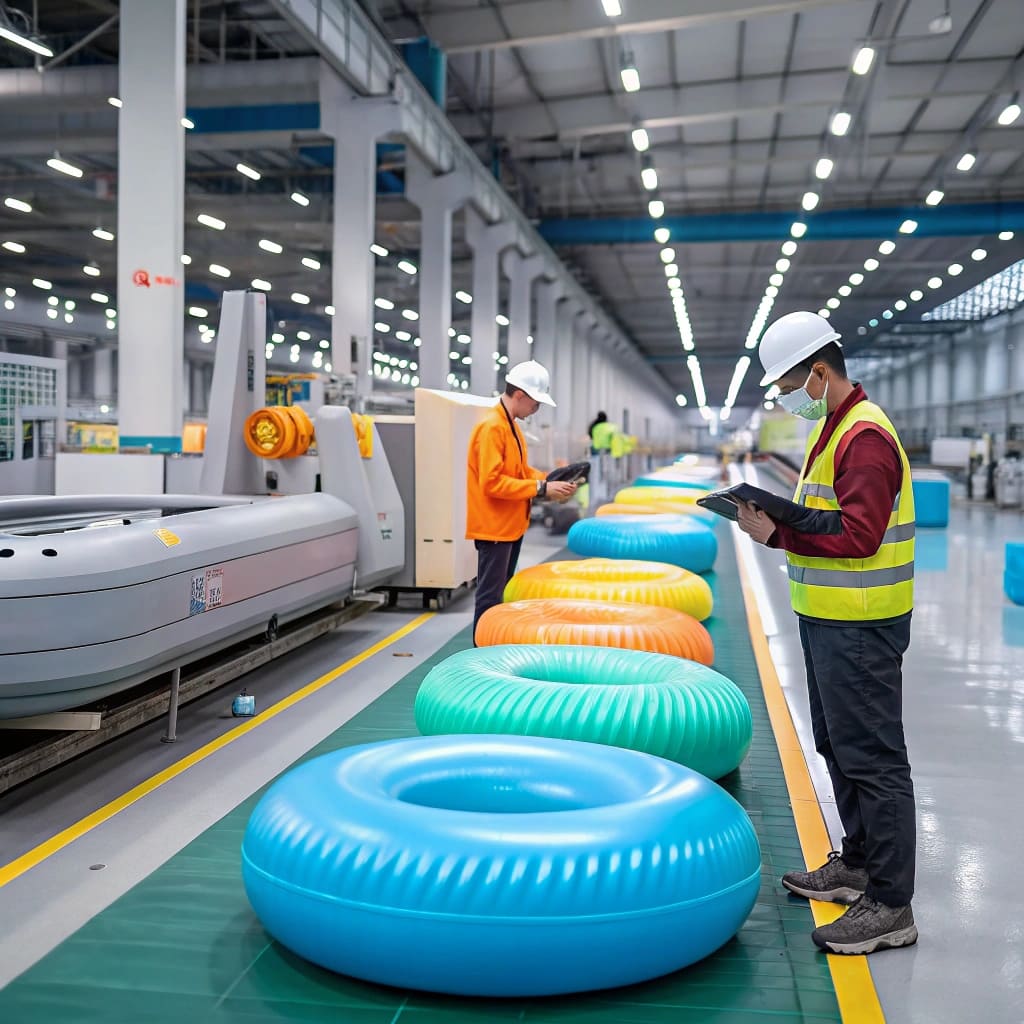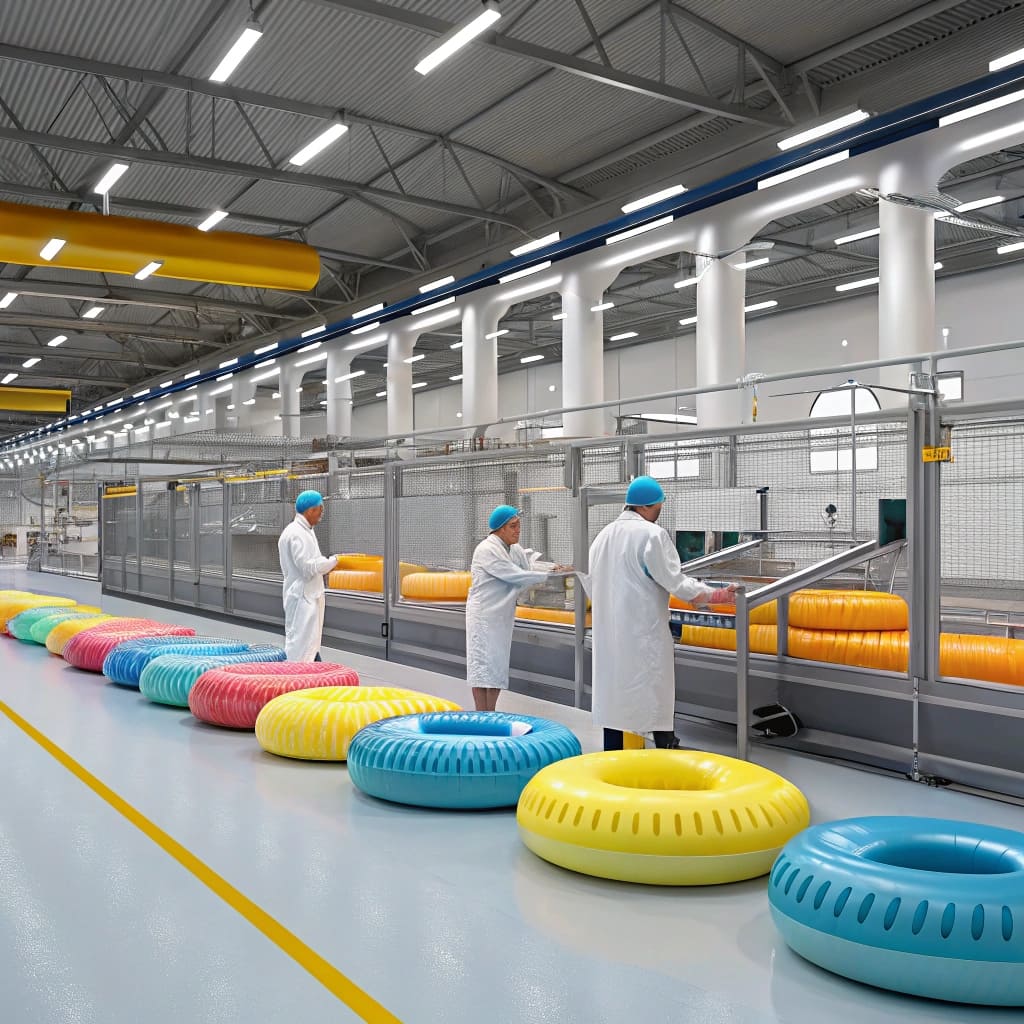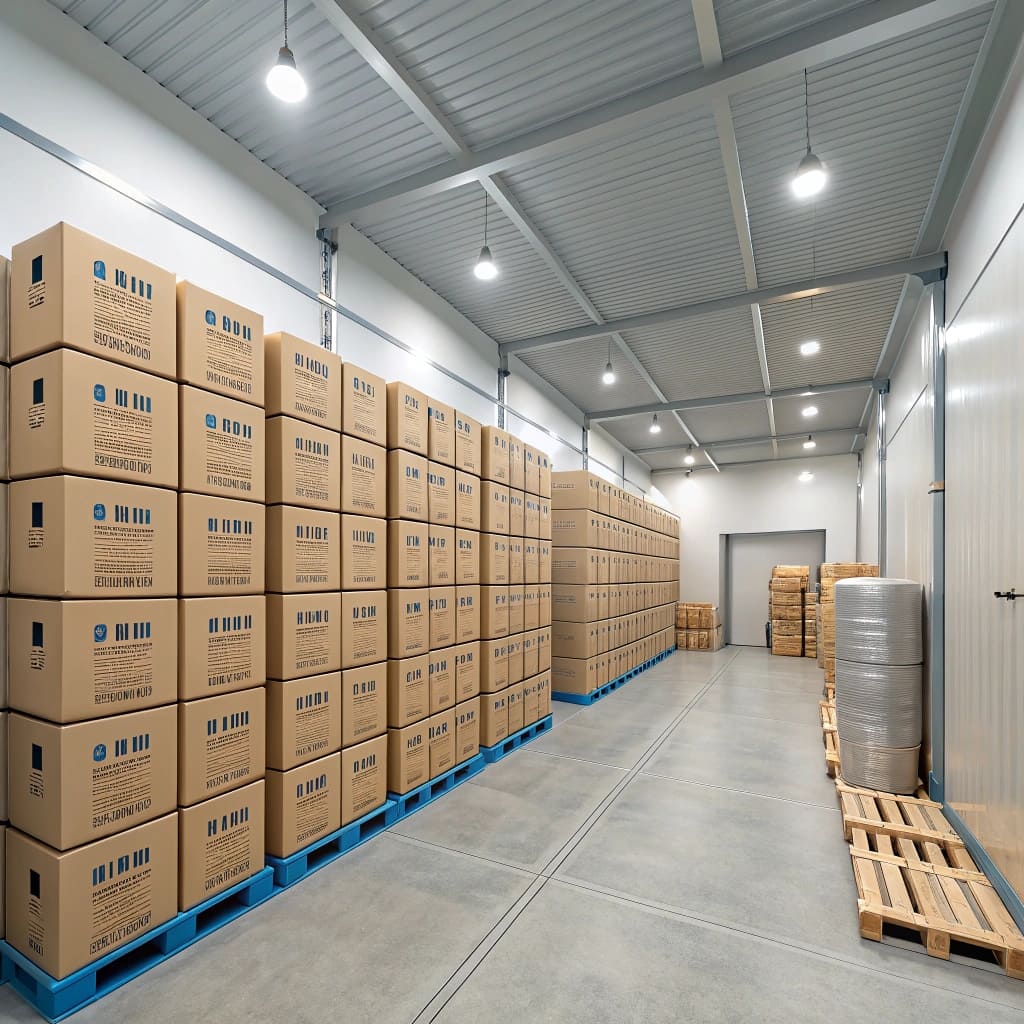How to Choose a Reliable Inflatable Floats Supplier?

I once faced poor-quality floats and unreliable suppliers. I felt stuck and worried. I found a better solution by choosing a reliable supplier.
To choose a reliable inflatable floats supplier, check their materials, production lines, certificates, and communication. Confirm they have stable lead times and strict quality control. Verify their reputation with references. This ensures consistent quality and dependable delivery.
I want to explain how I discovered these vital steps. I realized that focusing on the right details leads to a better sourcing experience.
[Table of contents]
What plastic are inflatables made of?
I once had inflatables that tore easily. I felt disappointed with wasted money. Now I know the right plastic makes them stronger and safer.
Inflatables are usually made from PVC or TPU1. PVC is more common and cost-effective. TPU is eco-friendly, lightweight, and more flexible. The choice depends on cost, durability, and sustainability goals.

Dive Deeper: Understanding PVC and TPU
I want to compare PVC2 and TPU in more depth. PVC stands for Polyvinyl Chloride. TPU stands for Thermoplastic Polyurethane. Both materials impact cost, performance, and environmental impact. I learned that each choice affects my production process and final quality.
PVC: The Common Choice
- PVC is affordable.
- It resists wear and tear.
- It can handle heavy use over time.
I saw that many large orders use PVC. When Mark Chen, one of my clients, requested thousands of inflatable floats, PVC kept costs low. But PVC is less friendly to the environment3.
TPU: The Premium Option
- TPU is more eco-friendly.
- It is lighter and more flexible.
- It tolerates temperature changes very well.
Some buyers prefer TPU to showcase higher-quality goods. TPU also has fewer chemical odors4. It can appeal to eco-conscious customers who value sustainability.
Material Comparison Table
| Feature | PVC | TPU |
|---|---|---|
| Cost | Lower | Higher |
| Durability | High | Very high |
| Environmental Impact | Less eco-friendly | More eco-friendly |
| Weight | Moderate | Light |
| Common Applications | Pool floats, inflatable slides | Premium floats, specialized items |
I believe that choosing the right material starts with your product goals. If I want to keep prices low and maintain durability, I choose PVC. If I need eco-friendly solutions and a premium finish, TPU is a better path. My advice is to ask suppliers about their material range. I also suggest requesting material samples for testing5. This helps me decide if PVC or TPU aligns best with my product vision.
How do you store inflatable pool floats?
I learned that improper storage can ruin good inflatables. I used to toss them aside, but that caused damage. Now I follow best practices6 to protect them.
To store inflatable pool floats, wash them with mild soap, let them dry, deflate them fully, and keep them in a cool, dry place. Avoid direct sunlight to prevent fading and cracks.

Dive Deeper: Best Practices for Storing Inflatables
I realized that good storage extends product lifespan. I do not want to lose money by neglecting proper care. I found these methods to be the most effective:
1. Clean and Dry
I rinse each float with fresh water. I remove chlorine or salt residue. Then I let them dry fully. This prevents mold or mildew that can weaken the plastic. Sometimes I use a soft cloth to wipe stubborn spots.
2. Deflate Completely
I press out all air. This step protects seams from unnecessary stress. I fold them neatly. I also avoid sharp creases. That way, I reduce the chance of tiny holes or weakened spots.
3. Pick a Good Storage Place
I choose a cool, dry area. I avoid sunlight that can fade colors and weaken materials. I keep them in sealed plastic bags or sturdy boxes to block dust and moisture. I label each box to find items fast during peak season.
4. Inspect Before Use
I check each float before I inflate it again. I look for leaks or discoloration. If I see any damage, I fix it early or replace the item. This saves time and keeps my supply chain smooth.
Simple Storage Checklist
| Step | Action |
|---|---|
| Clean | Rinse with water and mild soap |
| Dry | Air-dry fully before folding |
| Deflate | Remove all air to reduce stress on seams |
| Fold | Fold neatly to avoid sharp creases |
| Store | Use a cool, dry area away from sunlight |
| Inspect | Check for leaks, mold, or discoloration |
Following these steps helps me preserve the shape, color, and overall quality of inflatable floats. I keep my warehouse organized, too. That way, I minimize handling damage and ensure products are ready for quick shipments.
Conclusion
I believe that choosing quality materials, trusting good suppliers, and using proper storage methods are vital steps for long-lasting and profitable inflatable floats.
-
Detailed comparisons of PVC and TPU in inflatable manufacturing. ↩
-
Understanding PVC: properties, advantages, and common uses. ↩
-
Why PVC is considered less eco-friendly and TPU’s environmental advantages. ↩
-
What causes chemical odors in inflatables, and how TPU reduces them? ↩
-
Reasons and methods for testing inflatable materials before finalizing orders. ↩
-
Expert-approved best practices for storing inflatable pool floats. ↩



